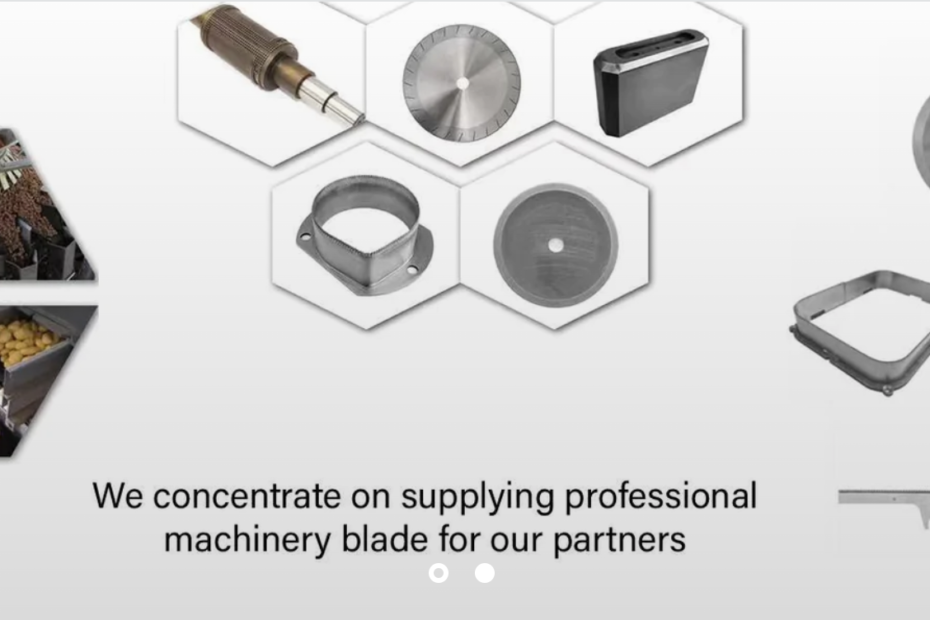Sheet metal shearing, also known as die cutting with shear blades doesn’t require melting or burning to cut the stock. Shearing of sheet metal is used to make sheets of metal, or plates. Rods can also be made through shearing. The shear blades can be used to serve a range of purposes dependent what shear tool that you are using. Certain blades can cut mild, stainless, and high-tensile steels with high strength.
Sheet metal shearing occurs when you have two incredibly sharp shear blades perfectly aligned. One blade is placed under the stock of metal and the other one on the top. As the blades spin the sheet, it cuts from top to bottom and at the base. Most of the time there will be a single shear blade which will remain stationary while the other cuts. Before shearing, the area between both blades has to be established.
Straight-line cutting results from the process by sheet metal shearing. While it is only cut with straight lines, it can cut any other geometrical form insofar that the cuts must be straight, it is possible to do. It can be made in almost any shape, such as a square, triangle trapezoids, etc. Sheet metal shearing doesn’t require cutting across the surface. It is possible to use blades to make holes and cut designs.
What is the Shear Blades Made of?
Manufacturing shear blades requires the most durable steel, which can endure wear and tear for a long period of time. To make this happen, producers need to take into consideration the types of materials and a BOP’s maximum shearing capacity, as well as the strength and size of the drill pipe that is to be sheared. It allows them to design shear blades that have the best shear performance.
What are Common Shear Blade Materials are?
The Cold-Work of LD Die Steel was originally developed for the development of cold headed dies. It’s durable, tough and has excellent wear resistance.
Hot-Work Die Steel It’s an air-cooled, hardening die steel that is extremely tough as well as resistance against cold as well as hot fatigue characteristics.
Alloy Tool Steel: It’s an alloy of chromium-silicon and a certain amount of tungsten in order to increase the quenching strength
High-Speed Tool Steel The material is composed of high-alloy carbon steel. It is used to create cutting blades with a high loads and high cutting speeds.
What exactly is a shear to do?
Shears are cutting instrument that resembles the length of a length of scissors. Similar to scissors, this version of the word is typically plural. It is possible to cut trees, cut metal or even cut chickens with shears. When you take wool off goats, sheep and even a llama you cut the animal.
How much is shear blades grind?
It can affect the shearing force. For example, using two square-edged blades will require more cutting force than when the upper blade is positioned at an angle of a small degree typically at a maximum angle that is 87°. It is even set at a 90-degree angle.
How Shear Blade cost?
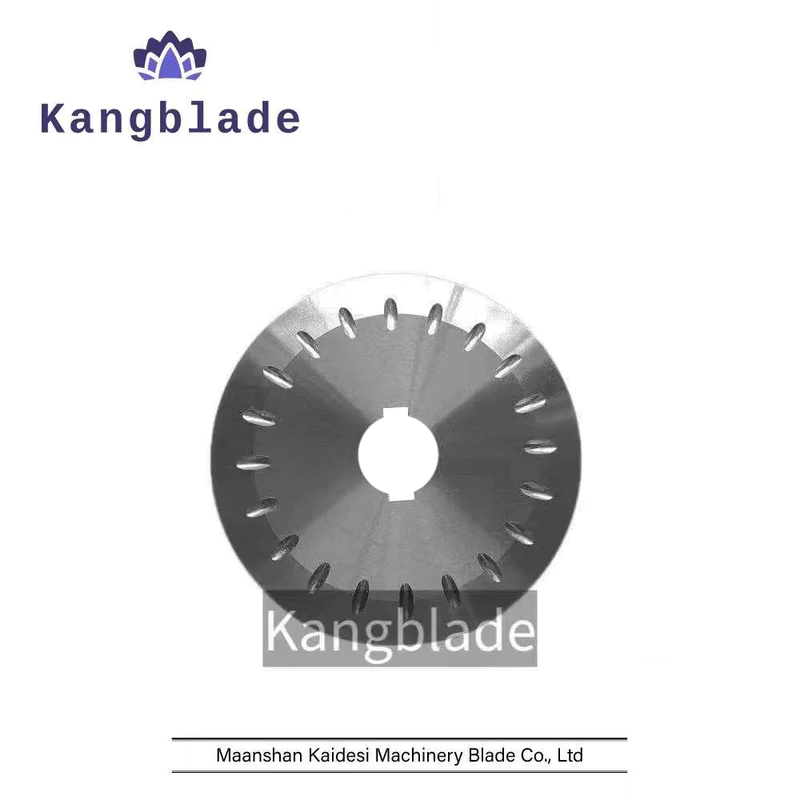
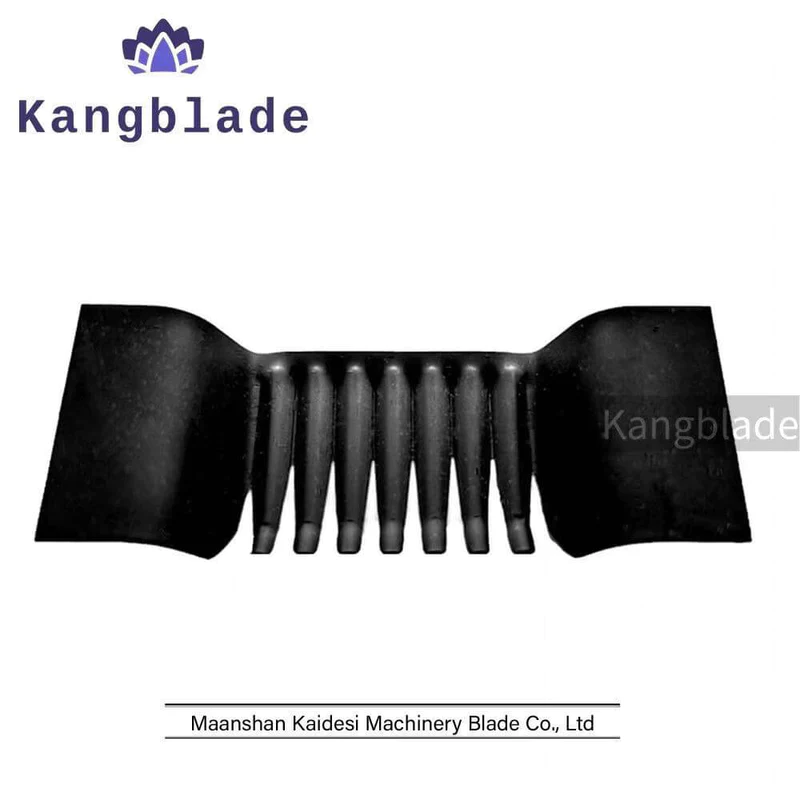
Shearing Blades / Shearing Knives / Shearing / Rubber, Tire Cutting Blades
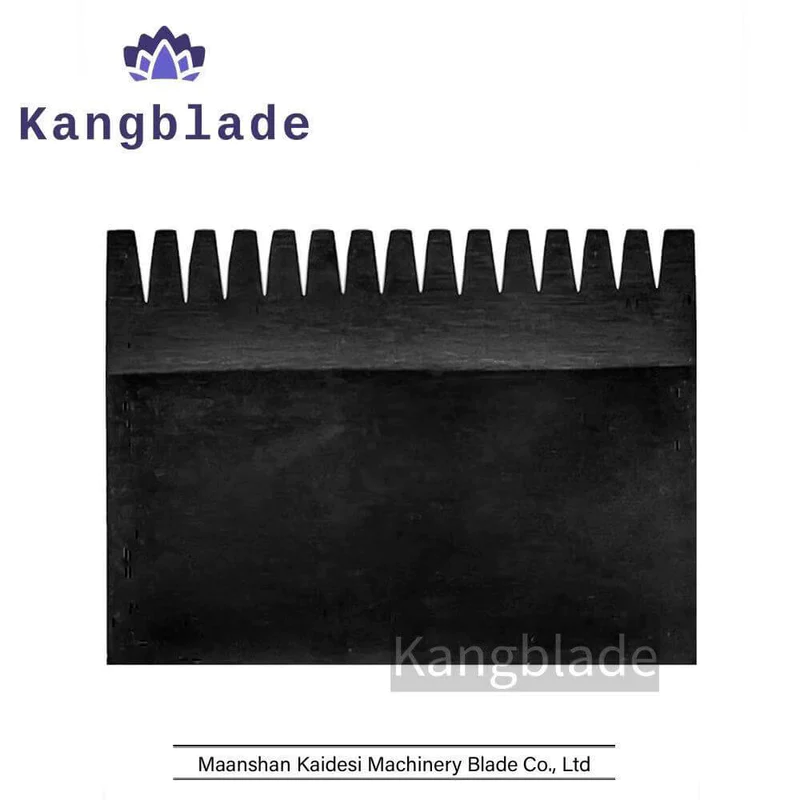
Shearing Blade/Shearing Knife/Sawtooth Blade/Shearing Cutting/Rubber, Tire Cutting Blade
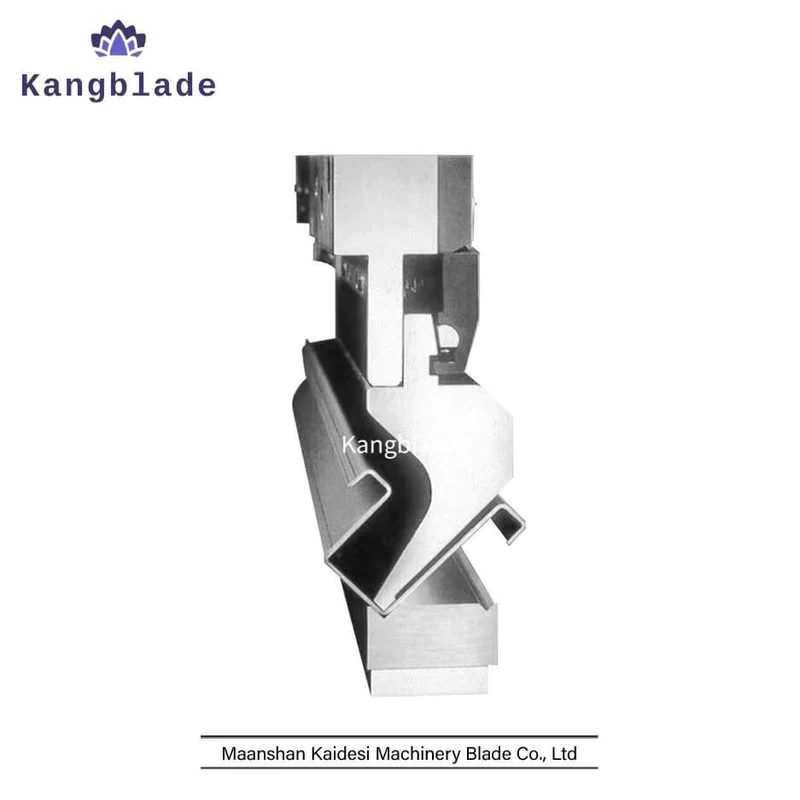
Shearing Blade / Shearing Knife / Guillotine Blade / Guillotine / Crosscut / Sheet Metal Cutting Blade
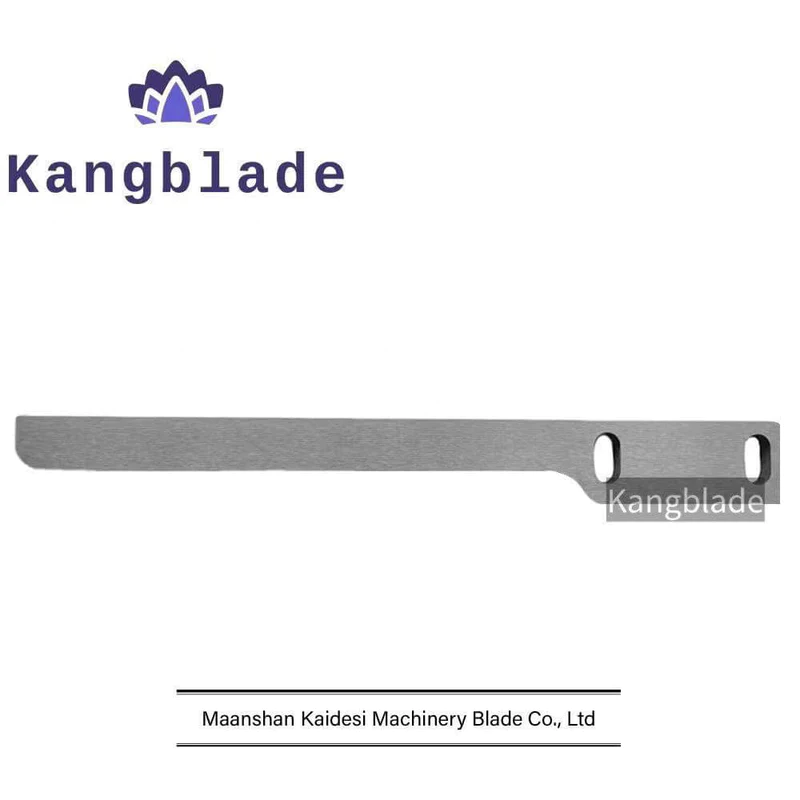
Shear Blade/Shear Knife/Straight Blade/Shear/Plastic, Rubber, Tire, Belt, Packaging, Paper, Textile, Film Cutting Blade
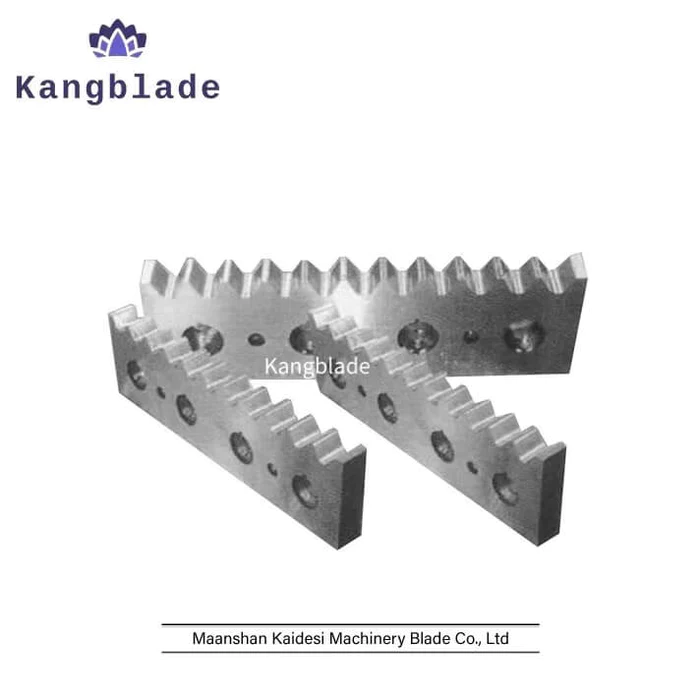
Shearing blade / shearing knife / guillotine blade / guillotine / cross cutting / metallurgical processing, sheet metal cutting blade
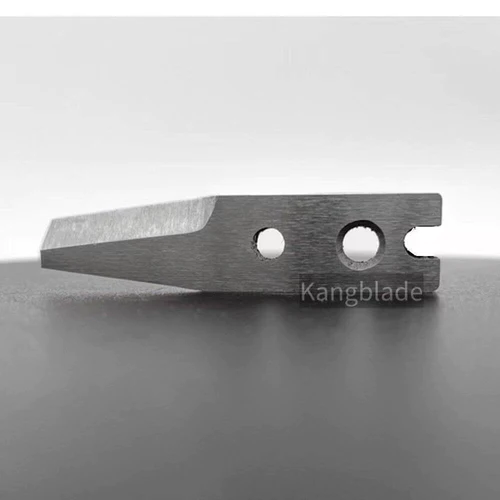
Shearing Blades / Shearing Knives / Shearing Cutting / Food, Rubber, Plastic, Packaging, Paper, Film Cutting Blades
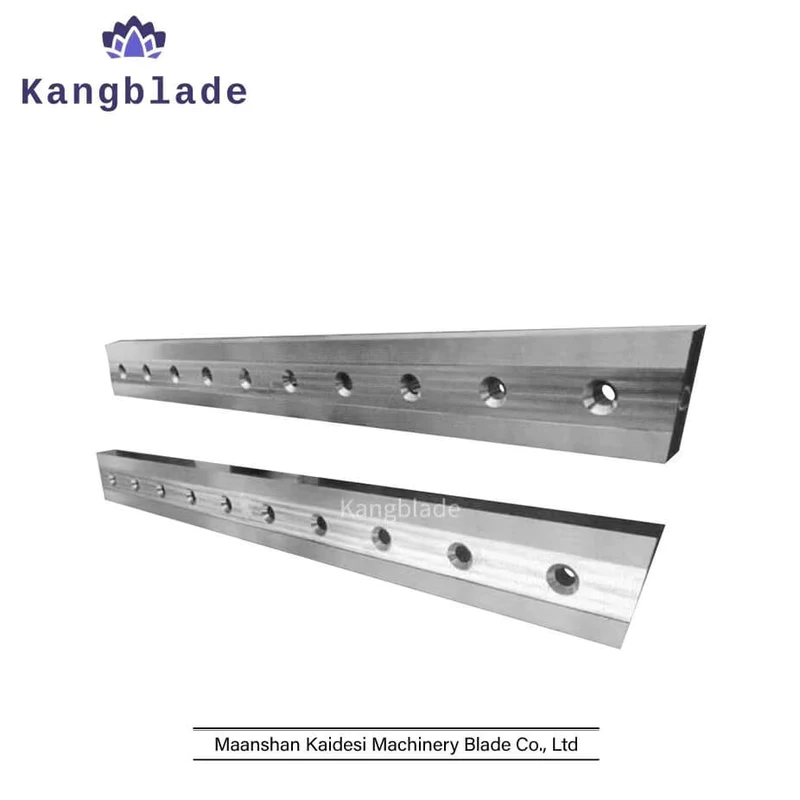
Shearing blade / shearing knife / guillotine blade / guillotine / cross cutting / metallurgical processing, sheet metal cutting blade
What’s the distinction between shearing and cutting?
Shearing, also referred to as die-cutting, is the technique that cuts the stock without creation of chips or the use of melting or burning. If the cutting blades are straight, the process is referred to as shearing. If the cutting blades are curly the process is shearing.
What exactly is shearing in steel?
Shearing involves cutting across a sheet of metal using a knife that’s typically attached to a machine or tool. The cutting location will be determined by the squaring arm which allows the metal sheet to be put in a specific position.
What force does shear have?
Shear force refers to a force operating in a direction similar with (over top) an object’s area or cross-section of a body, similar to the pressure created by air flowing across the wings of an aircraft. The word “shear” in this phrase refers to the idea that the force is able to cut or shear through the surface or the object that is subject to stress.
What kinds of shears exist?
Compound action snips are available in three varieties of straight-cutting (which cut straight and with the form of a broad curve) and Left-cutting (which cuts straight but in a narrow curvature toward the left) as well as. Left-cutting (which was straight, and cut in tight curvature towards the left).
What exactly is a metal shear? Function?
It starts by clamping the material using the help of a Ram. The moving blade is then brought onto a fixed blade to break the material. For larger shears , the moving blade could be set at the angle of an angle, or “rocked” to cut the material gradually from one end to the next; this angle is known by the name of shear angle.
Can shears cut through metal?
Shears and nibblers are among the most commonly used power tools for cutting sheet metal. They offer the fastest and most efficient option to using hand-tools.
What exactly is a hydraulic shear? Function?
The hold-down mechanism of Hydraulic shearing machines is powered by hydraulic system that presses the steel plate and both the right and left oil cylinders to control the blades up and down. The upper blade mounted on the carrier for the blade and the lower blade that is fixed on the blade holders has an acceptable blade clearance.
What are the benefits of shearing?
Benefits to Metal Shearing Process. Shearing makes straight-line cuts without making chips or melting material. This makes it possible to work with the majority of soft metals like bronze, aluminum, and brass as well as the mild (low carbon) steel.
What is a shearing machine?
Shearing machines can be multi-purpose that is used to cut alloys as well as other sheet metal. Some shearing equipment employs an angular, scissor-like action to cut metal into strips or sheets. Some larger machines employ straight shear actions using the blade at an angle in contrast to the angular motion.
What is the meaning of small shears?
The scissors used by tailors are usually smaller and less lengthwise. The most popular shear blade size for an appropriate pair of tailoring scissors is 5 inches. Tailoring scissors are employed by seamstresses, quilters or crafters as well as anyone who is working with cutting the bulky, heavy leather, or several layers of fabric.
What is the best tool to cut metal?
Similar to a pair of scissors Tin cutters are a small handheld tool that can cut straight or, if its blade is curved, they can cut circles and curves. Tin snips are great to cut soft metals such as copper and aluminum, and are particularly useful for cutting sheets of metal, gutters, metal roofing and studs.
